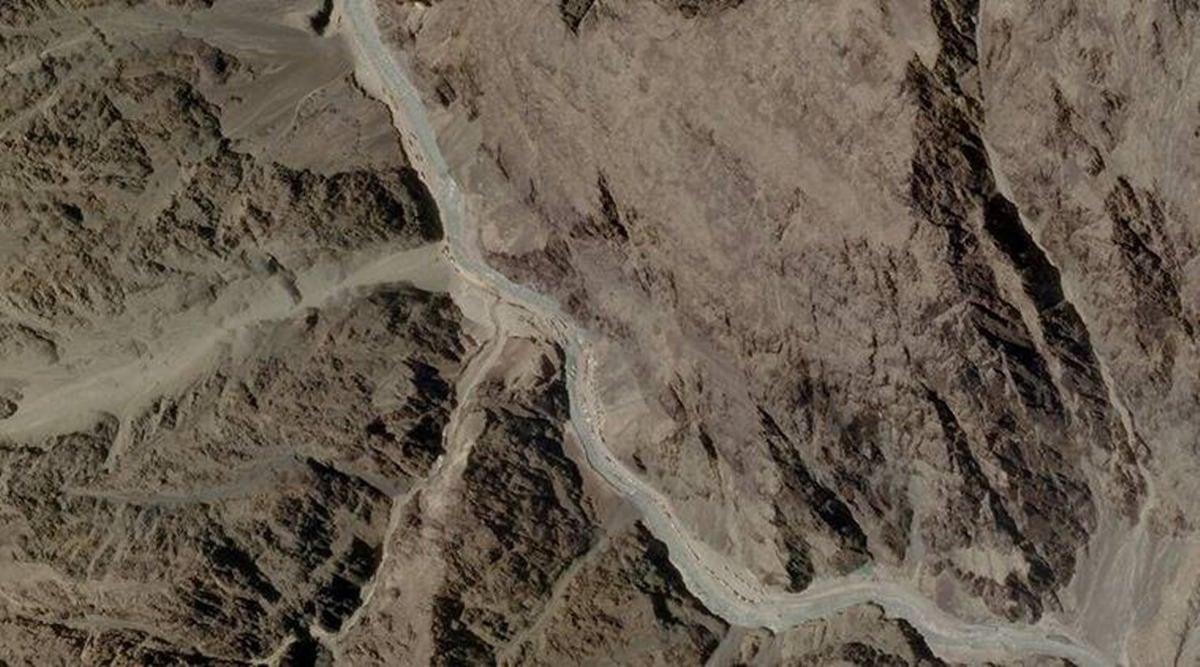 Originating in the Mediterranean Sea, the western disturbances are eastward-moving winds capable of triggering precipitation either in the form of snow or rainfall, locally. (Representational)
Originating in the Mediterranean Sea, the western disturbances are eastward-moving winds capable of triggering precipitation either in the form of snow or rainfall, locally. (Representational)The Ladakh-Karakoram region has seen an increase in recurrent flash floods in recent centuries which have been triggered by the growing influence of the Indian Summer Monsoon over the area, a study has found.
The international research group reconstructed climate variability observed over the region during the last 4,000 years and have identified five major climatic shifts, all of which have influenced the flora and fauna of this Himalayan province.
“Earlier, the region’s precipitation was dominated mostly by western disturbances. In recent centuries, due to the strengthening of monsoon penetration over this trans-Himalayan region, monsoon became an additional source causing precipitation, here,” Binita Phartiyal from Birbal Sahni Institute of Palaeosciences, Lucknow, who is the lead author of the study, told The Indian Express.
Led by Phartiyal, along with scientists from Agharkar Research Institute (ARI), Pune and the Institute of Tibetian Plateau Research, Beijing, the study has identified the period when the monsoon influence started showing dominance over this cold desert. This has been earmarked sometime around 2,640 years Before Present (BP), the research suggests.
Originating in the Mediterranean Sea, the western disturbances are eastward-moving winds capable of triggering precipitation either in the form of snow or rainfall, locally.
Phartiyal, who has been studying Ladakh for two decades now, stated that the region is undergoing rapid transformation.
Historically, the Ladakh-Karakoram belt was frequented by traders between present-day Europe and Asia. This has been confirmed by this team who discovered paleontological samples here in the form of charcoal traces. But, after 2,640 years BP, scientists have observed occurrences of high-frequency climate variability. These, scientists say, could have led to landslides, debris flow, avalanches and similar disasters, cutting-off the otherwise vibrant trade route.
The team has discovered that the diatom Didymosphenia — a cold-condition loving microbe — was thriving in Ladakh sometime around 3,000 years BP, which is much earlier than previously believed.
“Didymosphenia was present in the Ladakh region even around 3,000 years BP, confirming that it is not a recent invasion. Interestingly, its presence has been observed when the region experienced extremely cold conditions,” said Karthick Balasubramanian from ARI.
The work included the study of physical, chemical and biological proxies collected from glacial lakes approximately 4,100 years old, with 168cm deep pits dug at various locations.